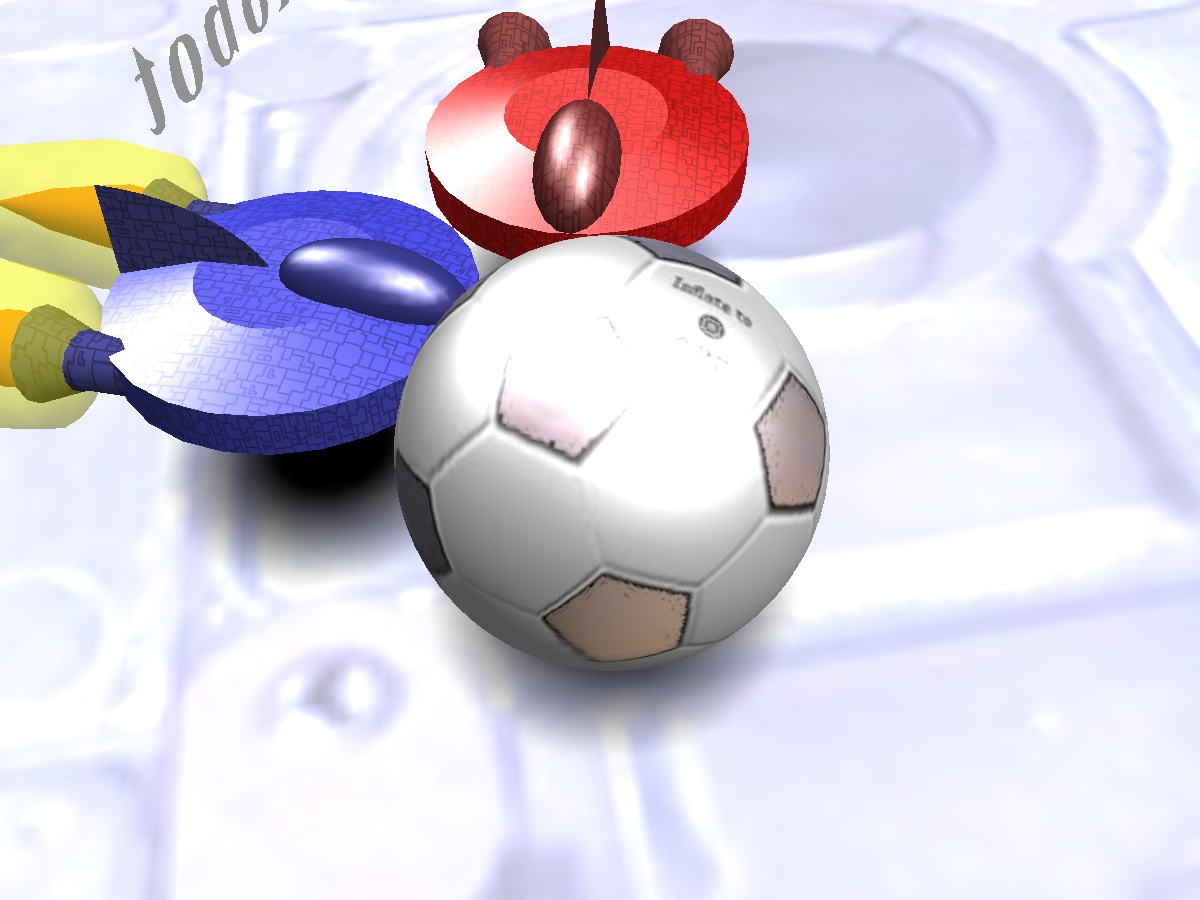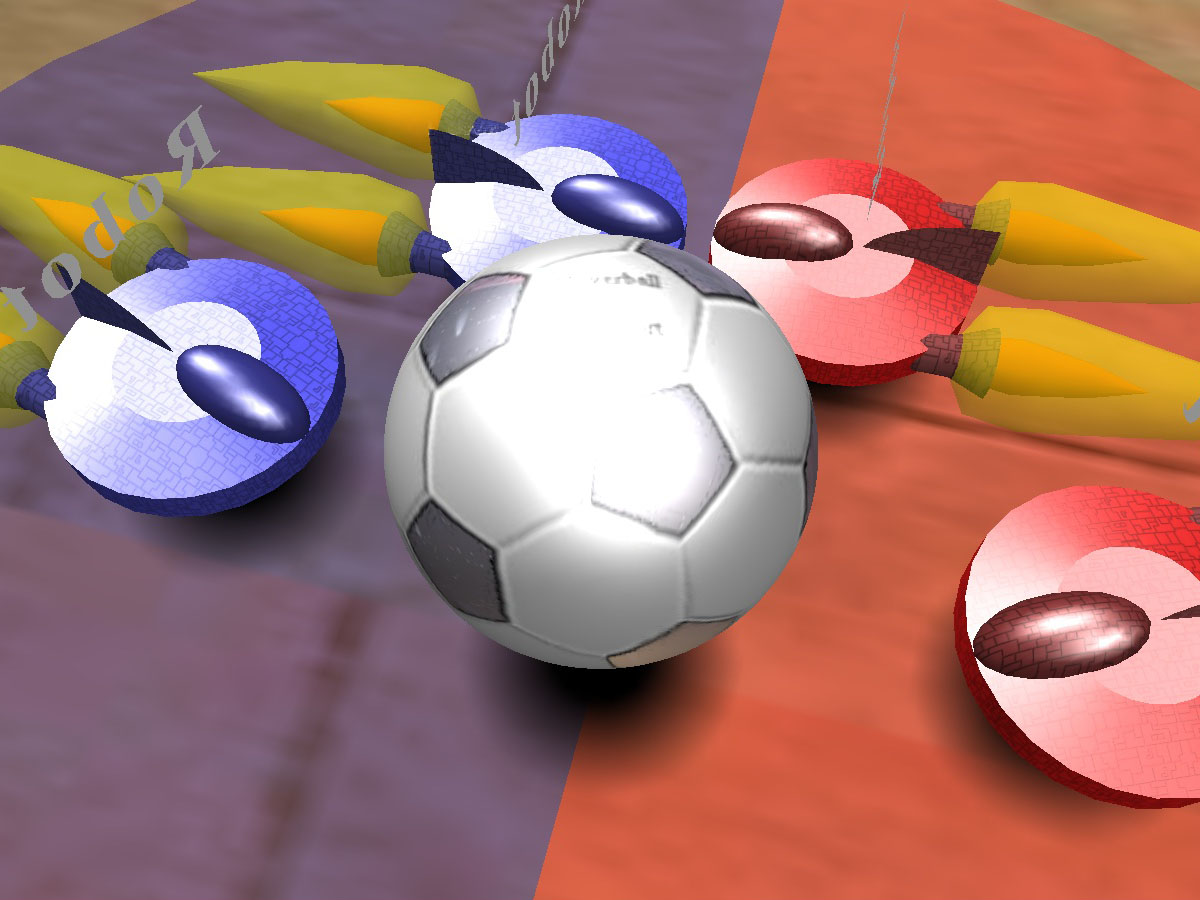 This is the SourceForge home page for Hoverball
and Hoverware, open source projects which are
known to work on a variety of systems. Information on how to get
the source via git may be found at
http://sourceforge.net/p/hoverball/git/ci/master/tree/.
The Hoverball Sourceforge project page is located at
http://www.sourceforge.net/projects/hoverball.
The HTML documentation for Hoverware classes is located at
http://hoverball.sourceforge.net/HTML/hw.htm
This is the SourceForge home page for Hoverball
and Hoverware, open source projects which are
known to work on a variety of systems. Information on how to get
the source via git may be found at
http://sourceforge.net/p/hoverball/git/ci/master/tree/.
The Hoverball Sourceforge project page is located at
http://www.sourceforge.net/projects/hoverball.
The HTML documentation for Hoverware classes is located at
http://hoverball.sourceforge.net/HTML/hw.htm
For further help with Hoverball and HoverWare,
try emailing
support@hw-games.com.
Hoverball
 Hoverball is a client/server, high speed, multi-player game that might
best be described as a futuristic soccer game where players control
small hovering craft that move a ball around by running into it. There
are two teams of up to four players; any ship not controlled by a human
is instead controlled (at configurable levels of ability) by the
computer. The game can be very fast paced and requires a low latency
network connection between the server and each of the client machines.
Hoverball is a client/server, high speed, multi-player game that might
best be described as a futuristic soccer game where players control
small hovering craft that move a ball around by running into it. There
are two teams of up to four players; any ship not controlled by a human
is instead controlled (at configurable levels of ability) by the
computer. The game can be very fast paced and requires a low latency
network connection between the server and each of the client machines.
Unlike many of today's 3D games, Hoverball is a non-violent,
cooperative / competitive sport simulation. (The hover-ships do have
the ability to fire projectiles to move the ball or knock other ships
out of the way, but no damage is done to any person or structure,
virtual or real).
HoverWare
HoverWare is a 3D layer of middleware that frees the 3D application
writer from much of the tedium involved in creating and populating 3D
environments using OpenGL. HoverWare includes an application
programming interface (API) and has a file format for storing HoverWare
objects. HoverWare defines several 3D object primitives such as
polygon, mesh, and polyline, as well as more complex primitive types
such as sphere, cone, torus, surface of revolution (and partial versions
of those). Also, a powerful and flexible sweep primitive (sweeping an
arbitrary 2D shape along a 3D spline path) exists. Textures are easily
applied to objects, with a variety of projection methods (planar,
cylindrical, and spherical, as well as an inherent texture method based
on the object). View-frustum culling, occlusion culling, display list
optimizations, data optimizations, redundant attribute call elimination
and other performance enhancements combine to allow efficient use of
OpenGL graphics accelerators. A modeler (for creating HoverWare
objects) is currently under development.
Minimum system requirements
 To run Hoverball, a system must support OpenGL/GLES 2.0 or later,
including programmible vertex and pixel shaders. Hoverball
and HoverWare are currently known to work on the following platforms:
Pre-built binaries for these platforms may be downloaded by clicking on
the links.
To run Hoverball, a system must support OpenGL/GLES 2.0 or later,
including programmible vertex and pixel shaders. Hoverball
and HoverWare are currently known to work on the following platforms:
Pre-built binaries for these platforms may be downloaded by clicking on
the links.
Screen Shots







